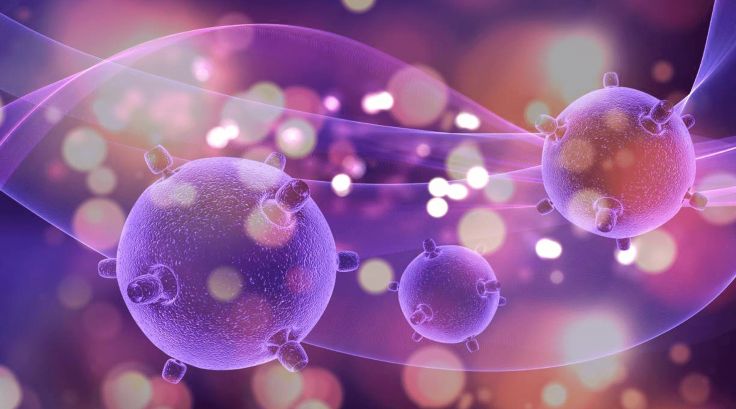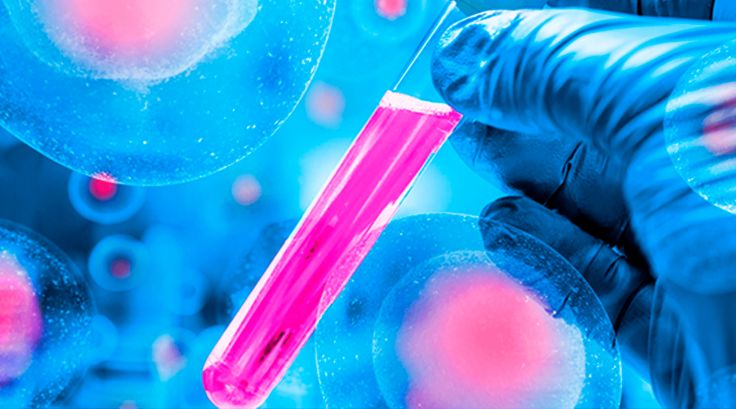Embryonic Stem Cell
Embryonic stem cells are obtained from early-stage embryos, a group of cells that are formed when a woman's egg is fertilized with a man's sperm in an IVF clinic. Because human embryonic stem cells are extracted from human embryos, many questions, and concerns have been raised about embryonic stem cell research ethics.
In 2009, the National Institutes of Health created guidelines for human stem cell research. The guidelines included the definition of embryonic stem cells and how they can be used in research and embryonic stem cell donation guidelines. In addition, the guidelines stated that embryonic stem cells can only be used from embryos created by IVF when the embryo is no longer needed.
Where do these embryos come from?
The embryos used in embryonic stem cell research come from eggs that were fertilized In vitro fertilization (IVF) clinics, but were never implanted in a woman's uterus. Stem cells are donated by donors through informed consent. Stem cells can live and grow in special areas, inside test tubes or Petri plate, also known as cell-culture dish in the laboratory.
Why can't researchers use adult stem cells?
Although research on adult stem cells is promising, adult stem cells may not be as versatile and durable as embryonic stem cells. Adult stem cells likely cannot be engineered to produce all cell types, limiting how they can be used to treat disease.
Adult stem cells are also more prone to abnormalities due to environmental hazards, such as toxins, or due to errors that occur in the cells during multiplication. However, the researchers found that adult stem cells are more adaptive than initially imagined.
What are stem cell lines and why do researchers want to use them?
A stem cell line is a group of cells descended from a single original stem cell and grown in a laboratory. The cells of a stem cell line continue to grow but do not differentiate into specialized cells. Ideally, they remain free of genetic defects and continue to make more stem cells. Pools of cells can be taken from a stem cell line and frozen for storage or sharing with other researchers.
 6th Avenue 6-63, Zone 10, Sixtino Building, Clinic 307
6th Avenue 6-63, Zone 10, Sixtino Building, Clinic 307
 +502 22384397
+502 22384397
 +502 37649731
+502 37649731




